1. The Pillars of Creation
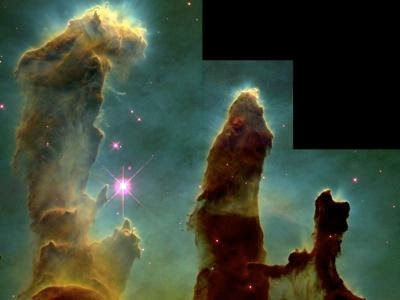
The pillars are columns of cool interstellar hydrogen gas and dust that double as incubators for new stars. The pillars have been carved out and are illuminated by ultraviolet light coming from hot, massive newborn stars that are unseen, above the top of the photo.
2. Mercury in Transit
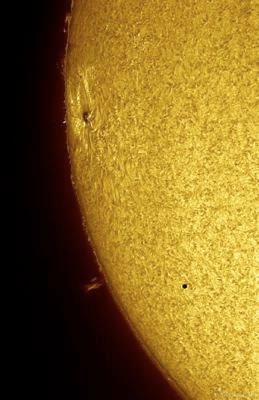
What better way can we truly appreciate the size of our Sun than to see one of the planets in transit?
3. Supernova
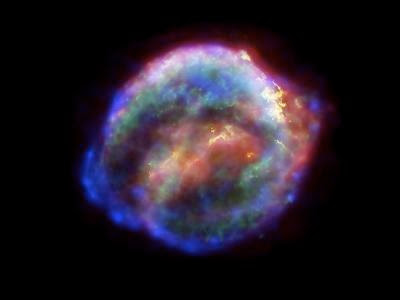
This is a photograph taken by the Hubble Telescope.
4. The Eskimo Nebula
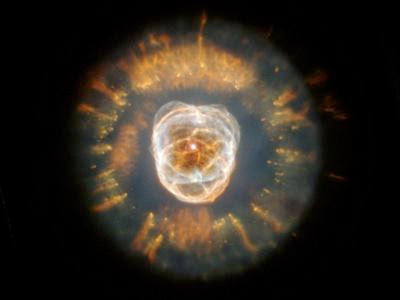
A wonderful explosion of colour (in Gemini) as an old star dies leaving a central tiny, hot, White Dwarf and several layers of exploding gas (NASA, Hubble)
A nebula (from Latin: “mist”; pl. nebulae or nebulæ, with ligature) is an interstellar cloud of dust, hydrogen gas and plasma. It is the first stage of a star’s cycle.
5. The Catseye Nebula
A nebula (from Latin: “mist”; pl. nebulae or nebulæ, with ligature) is an interstellar cloud of dust, hydrogen gas and plasma. It is the first stage of a star’s cycle.
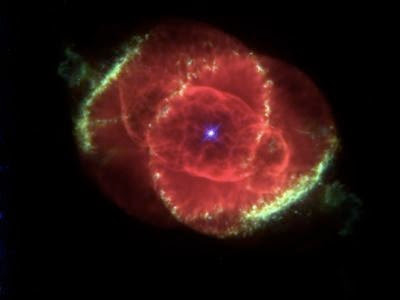
A nebula (from Latin: “mist”; pl. nebulae or nebulæ, with ligature) is an interstellar cloud of dust, hydrogen gas and plasma. It is the first stage of a star’s cycle.
6. A collection of Galaxies

A stunning collection of galaxies – courtesy of the Hubble telescope
7. Exploding Star

Amazing photo of a string of pearls surrounding an exploding star
8. Detail of Saturn’s Rings and Shadow
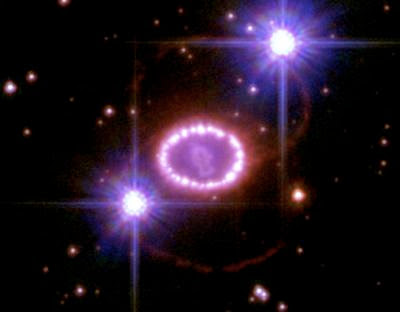
The rings of Saturn are a series of planetary rings that orbit the planet Saturn. They consist largely of ice and dust particles.
9. Interacting Spiral Galaxies NGC 2207 and IC 2163

Spiral galaxies are named after the arms that extend—roughly logarithmically—from the bulge.
10. Iridescent Glory of Nearby Helix Nebula

The Helix Nebula (also known as NGC 7293) is a planetary nebula (PN) about 650 light-years away in the constellation Aquarius. It is one of the closest planetary nebulae to Earth.
[Source : Listverse]









0 komentar:
Post a Comment